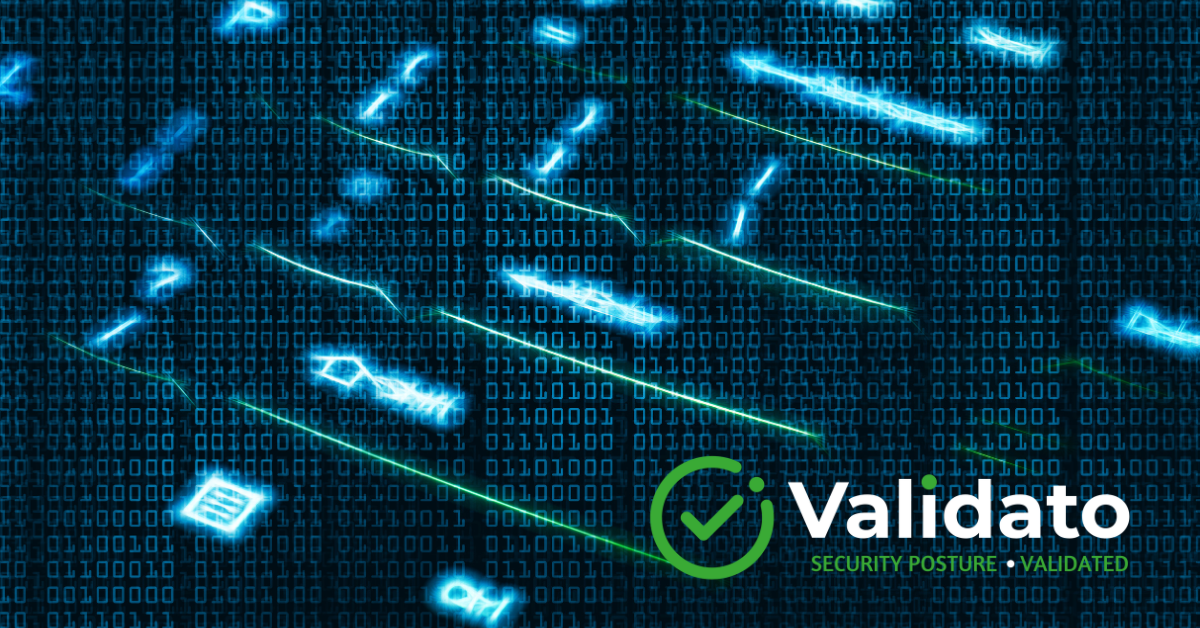Security Exposure Validation: Building Cyber Resilience in the Digital Age
Organisations face an ever-evolving array of cyber threats that can disrupt operations, damage reputation, and lead to substantial financial losses. Yet many businesses struggle to effectively gauge their vulnerability to these threats, often relying on assumptions about their security posture rather than empirical evidence. Security exposure validation offers a practical solution by providing organisations with concrete data about their security strengths and weaknesses, enabling them to make informed decisions about their cybersecurity investments.
Key Takeaways
Security exposure validation provides critical insights that help organisations strengthen their defences against cyber threats while optimising their security investments.
- Security validation directly impacts financial outcomes by preventing costly breaches and regulatory fines
- The MITRE ATT&CK framework provides a structured approach to security validation
- Validation simplifies compliance with key regulations like NIS2, DORA, and UK CSRA
- Properly implemented validation delivers measurable ROI through reduced incident response time
- Even resource-constrained teams can implement effective validation through automation
Understanding your actual security exposure through validation is essential for building cyber resilience in today’s threat landscape.
Why Security Validation Matters to Your Bottom Line
When cybersecurity breaches occur, they don’t just create technical problems—they directly impact financial performance. Companies that fail to validate their security posture face higher risks of experiencing costly incidents.
| Financial Impact Areas | How Validation Helps |
|---|---|
| Immediate Remediation Costs | Identifies security gaps before attackers exploit them |
| Business Disruption | Supports business continuity during cyberattack attempts |
| Regulatory Penalties | Demonstrates due diligence to regulators |
| Reputation Damage | Prevents public breaches that harm customer trust |
Security exposure validation helps organisations prevent these financial losses by simulating real-world attack scenarios, revealing misconfigurations, excessive privileges, and weak security controls that might otherwise remain hidden until exploited in an actual breach.
How Does Security Exposure Validation Work?
Security exposure validation employs a systematic approach to identifying vulnerabilities within an organisation’s environment. Rather than relying on theoretical assessments, validation tests security controls under real-world conditions.
The Validation Process:
- Define security testing scenarios based on the MITRE ATT&CK framework
- Simulate attack techniques across Windows, Linux, and Mac environments
- Identify misconfigurations and security gaps through non-disruptive testing
- Generate detailed reports highlighting discovered vulnerabilities
- Provide specific remediation guidance for each vulnerability
Unlike traditional point-in-time assessments, modern security validation can be performed continuously, ensuring security posture remains strong despite changes to infrastructure, applications, or emerging threats.
Regulatory Compliance Without the Headache
Meeting complex regulatory requirements like NIS2, DORA, and UK CSRA presents a significant challenge for many organisations. These frameworks mandate robust security measures but often provide limited practical guidance on implementation and verification.
How Validation Streamlines Compliance:
- Provides empirical evidence of security control effectiveness
- Demonstrates actual resilience against attack techniques
- Satisfies requirements for regular security testing and risk assessment
- Creates ready-made documentation for auditors and regulators
- Demonstrates both security diligence and proactive threat management
This evidence-based approach often streamlines regulatory interactions and reduces compliance costs across industries regulated by NIS2, DORA, and similar frameworks.
Calculating the ROI of Security Validation
Measuring return on investment for security initiatives has traditionally been challenging, but security validation provides clear metrics that demonstrate value.
| ROI Component | Description |
|---|---|
| Reduced Incident Response Costs | Fewer security incidents requiring investigation and remediation |
| Efficiency Gains | Focused remediation on genuinely exploitable vulnerabilities |
| Avoided Breach Costs | Prevention of potential breaches and associated expenses |
| Operational Benefits | Reduced downtime and improved regulatory standing |
When compared to traditional security spending, validation typically delivers stronger protection at lower total cost while contributing to overall business performance beyond security metrics.
Common Security Gaps That Threaten Businesses
Security professionals consistently observe patterns regarding common security gaps that expose organisations to unnecessary risk.
Most Prevalent Security Vulnerabilities:
- Excessive user privileges allowing lateral movement through networks
- Misconfigured security controls undermining effectiveness of security technologies
- Default credential usage persisting across systems
- Unpatched systems with known vulnerabilities
- Weak endpoint protection leaving devices exposed
Most attacks typically exploit these basic misconfigurations rather than sophisticated zero-day vulnerabilities, highlighting the importance of validation.
Implementing Validation in Resource-Constrained Teams
For organisations with limited security resources, implementing comprehensive security validation might seem daunting. However, modern validation approaches are specifically designed to address these challenges.
Making Validation Accessible:
- Automation allows comprehensive assessments with minimal human intervention
- Guided remediation provides specific instructions for resolving each vulnerability
- MITRE ATT&CK framework integration offers built-in expertise on threats and defences
- Prioritisation features ensure limited resources focus on critical vulnerabilities first
These capabilities help bridge the cybersecurity skills gap while maximizing security improvement with minimal investment, making validation accessible even to smaller teams.
If you’re interested in learning more, contact our expert team today.


